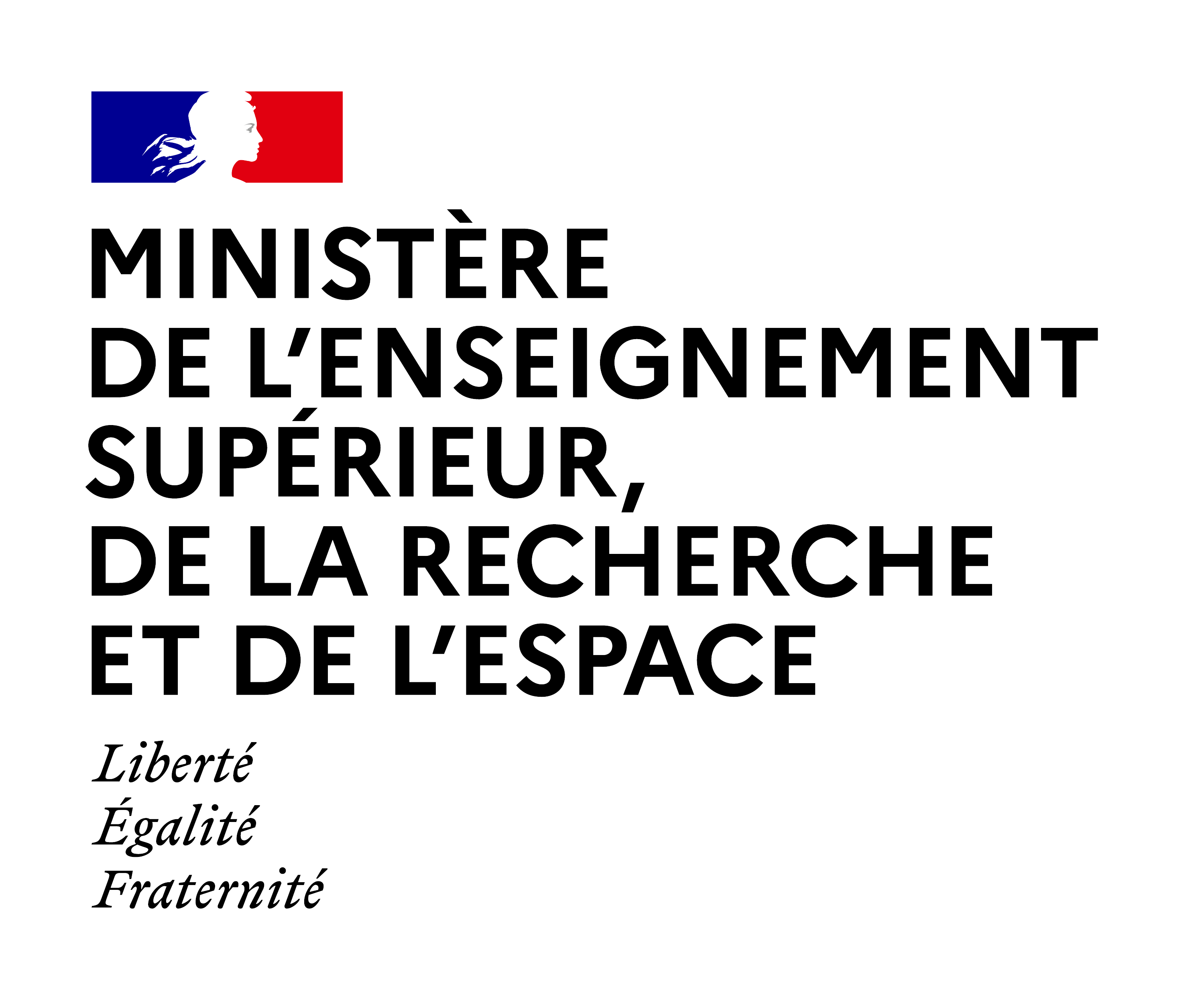ExpectedOutcome:
Projects’ results are expected to contribute to some or all of the following outcomes:
- Improved European common investigation capabilities thanks to modern, robust, validated and reliable solutions, used by forensic institutes and Police Authorities for analysing complex crime scenes with various types of trace evidence items;
- Shorter court case thanks to the availability of more solid forensic (cross-border) evidence that is acceptable in court, respecting fair trial requirements;
- Common European approaches are made available to policy-makers and security practitioners for analysing risks/threats, and identifying and deploying relevant security measures while inspecting, gathering and analysing trace substances collected in complex crime scenes, which take into account legal and ethical rules of operation, the traceability of forensic evidence, cost-benefit considerations, as well as fundamental rights such as privacy and protection of personal data;
- Improved shaping and tuning by security policy-makers of regulation on using innovative solutions in crime scene investigations by forensic institutes and Police Authorities;
- Improved understanding of the underlying phenomena governing the transfer of material from a surface to another, persistence of material once transferred, recovery process of the material as well as characterisation and expectations regarding the background noise;
- Ground truth datasets accessible to the scientific community to support interpretation at the activity level of transfer of microtraces, biological traces, biometric traces and chemical traces;
- Enhanced evidence collection on crime scene due to an increased use of novel technologies;
- Police Authorities and forensic institutes are provided with innovative methods of biological fluid identification for forensic applications;
- Forensic practitioners and Police Authorities active in crime scene investigations are provided with modern and innovative training curricula.
Scope:
Nowadays, Police Authorities deal with a growing complexity of crime scenes containing various types of trace evidence items that can also present safety hazards for the forensic experts and crime scene investigators. Traditional forensic crime scene analysis typically involves several techniques to inspect, gather and analyse collected trace substances. There is a need to improve these processes and make them more accurate, effective and sensitive in such a complex scenario, by employing modern approaches, for instance (but not limited to) nanotechnology, next generation sequencing or Artificial Intelligence.
A way to modernise forensic science for the professionalisation of crime scene investigations is through improving the understanding of the underlying phenomena governing the transfer of material from a surface to another, persistence of material once transferred, recovery process of the material as well as characterisation and expectations regarding the background noise.
Regarding transfer, persistence and background abundance, two different types of developments are needed: 1) of ground truth datasets accessible to the scientific community to support interpretation at the activity level for transfer of microtraces (paint, glass, soil), biological traces (body fluids, DNA), biometric traces (fingermarks, shoemarks), chemical traces (drugs, explosives, ignitable liquids); and 2) of methods of biological fluid (blood, semen, saliva, urine, etc.) identification for advanced forensic applications. The proposed activities should take into account the European dimension regarding harmonisation of the approach and cross-border acceptance of the collected evidence. A special attention has to be given to applicable legislation, ethics and fundamental rights, as well as to the well-documented use of scientific method to enhance transparency in the establishing of forensic evidence. The testing and/or piloting of the tools and solutions developed in a real setting with one or more Police Authorities and other relevant authorities is an asset; regardless, actions should foresee how they will facilitate the uptake, replication across setting and up-scaling of the capabilities - i.e. solutions, tools, processes et al. – to be developed by the project.
Coordination with successful proposals under topic SU-AI02-2020 (on AI research datasets), HORIZON-CL3-2021-FCT-01-04 (on ground-truth data sets for conventional forensics) and HORIZON-CL3-2022-FCT-01-02 (on common data formats) should be envisaged so as to avoid duplication and to exploit complementarities as well as opportunities for increased impact. Cooperation with the European Network of Forensic Science Institutes (ENFSI) is welcome.
Specific Topic Conditions:
Activities are expected to achieve TRL 7-8 by the end of the project – see General Annex B.
Cross-cutting Priorities:
Artificial IntelligenceDigital Agenda





